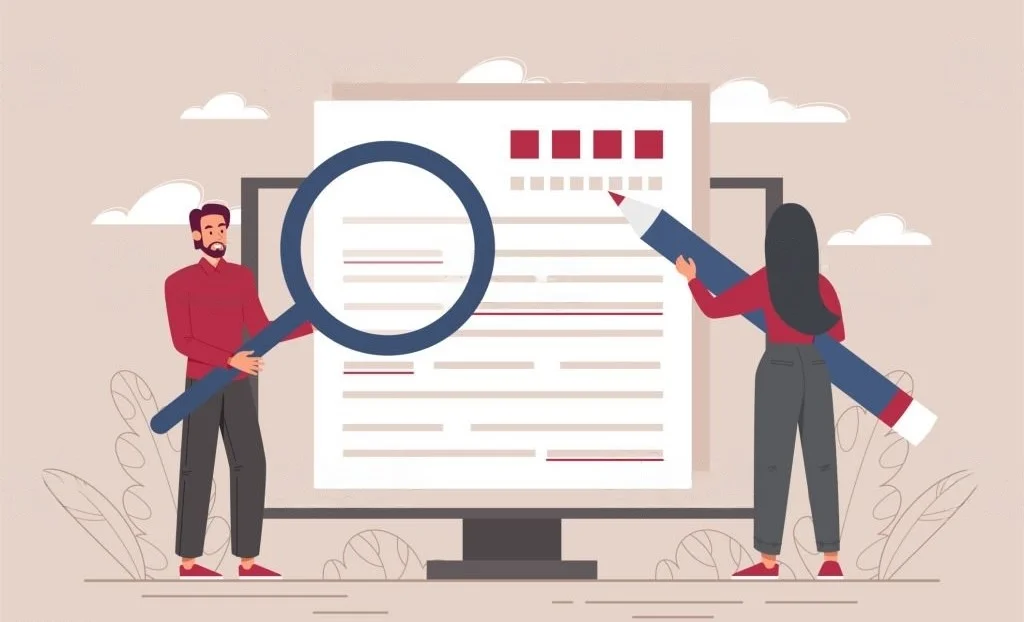
Enhancing Persuasive Essays with Metaphors and Analogies
Written By: Lisa W. French
Published On: Sep 26th,2023
Introduction
When it comes to crafting a persuasive essay, the power of words cannot be underestimated. The choice of words, the structure of sentences, and the overall flow of your essay can make or break its effectiveness. While selecting the right persuasive essay topics and creating a strong persuasive essay outline are important, there's another tool in the writer's arsenal that can significantly enhance the impact of your persuasive essay: metaphors and analogies.
In this article, we will explore how metaphors and analogies can be harnessed to create more compelling and persuasive essays. Whether you're an experienced essay writer or someone searching for a free essay writer, these techniques can elevate your writing to the next level.
The Persuasive Power of Metaphors
- Metaphors are powerful rhetorical devices that allow writers to convey complex ideas and emotions by drawing comparisons between seemingly unrelated things. By linking a concept or argument to something more familiar or concrete, metaphors make abstract ideas more accessible and relatable to the reader. This is particularly useful in persuasive essays, where the goal is to convince the audience of a particular viewpoint.
- Imagine you're writing a persuasive essay on the importance of environmental conservation. Instead of simply stating the facts and statistics about deforestation and its consequences, you could use a metaphor like, "Our planet's forests are the lungs of the Earth, and every tree that falls is a breath we can never take back." This metaphor paints a vivid picture in the reader's mind and conveys the urgency of the issue far more effectively than a dry list of statistics.
- Metaphors also have the power to evoke emotion and empathy, which are essential elements in persuasive writing. When your readers can connect with the ideas on an emotional level, they are more likely to be persuaded by your argument.
The Role of Analogies in Persuasive Essays
- Analogies are another persuasive writing technique that can help readers grasp complex concepts by drawing parallels between two different situations or ideas. Analogies work by saying, "If you understand this, then you can understand that." They provide a bridge between the known and the unknown, making it easier for readers to accept and embrace your persuasive essay topics.
- Let's say you're writing a persuasive essay on the benefits of a healthy lifestyle. You could use an analogy like, "Just as a well-maintained car performs better and lasts longer, our bodies thrive when we give them the care and attention they deserve." This analogy draws a clear parallel between the concept of maintaining a car and maintaining one's health, making it easier for the reader to see the benefits of a healthy lifestyle.
- Analogies can also be used to counter opposing arguments effectively. By showing how a similar situation or principle applies in a different context, you can demonstrate the flaws in your opponent's reasoning. This not only strengthens your own argument but also helps you win over skeptics and undecided readers.
Tips for Using Metaphors and Analogies Effectively
While metaphors and analogies can be powerful tools in persuasive writing, they should be used judiciously and with care. Here are some tips to help you incorporate them effectively into your essays:
- Choose relevant and relatable comparisons: Ensure that the metaphors and analogies you use are relevant to your persuasive essay topics and the arguments you're making. The comparisons should resonate with your audience and enhance their understanding of your points.
- Keep it simple: Avoid overly complex or convoluted metaphors and analogies that might confuse your readers. The goal is to clarify and simplify your message, not complicate it.
- Be mindful of your audience: Consider the knowledge and background of your readers. The effectiveness of metaphors and analogies can vary depending on your target audience's familiarity with the subject matter.
- Use diverse examples: Don't rely on the same types of metaphors and analogies throughout your essay. Mix them up to keep your writing fresh and engaging.
- Revise and edit: Like any other aspect of writing, metaphors and analogies should be revised and refined. Ensure that they enhance your essay's persuasive power rather than detract from it.
Conclusion
In the world of persuasive essay writing, mastering the art of metaphor and analogy can elevate your work from mundane to exceptional. These literary devices have the power to engage your readers on an emotional level, clarify complex ideas, and make your arguments more convincing.
Whether you're a seasoned
essay
writer or seeking the assistance of a free essay
writer or the best essay writing service, the use of metaphors and analogies is a valuable skill
to develop. By choosing relevant and relatable comparisons, simplifying complex concepts, and
considering your audience, you can enhance the persuasive power of your essays and leave a
lasting impact on your readers. So, the next time you sit down to write a persuasive essay,
remember the potential of metaphors and analogies to strengthen your argument and win over your
audience.
Related Posts
Popular Article







